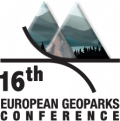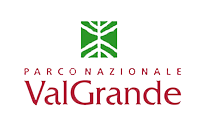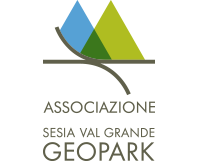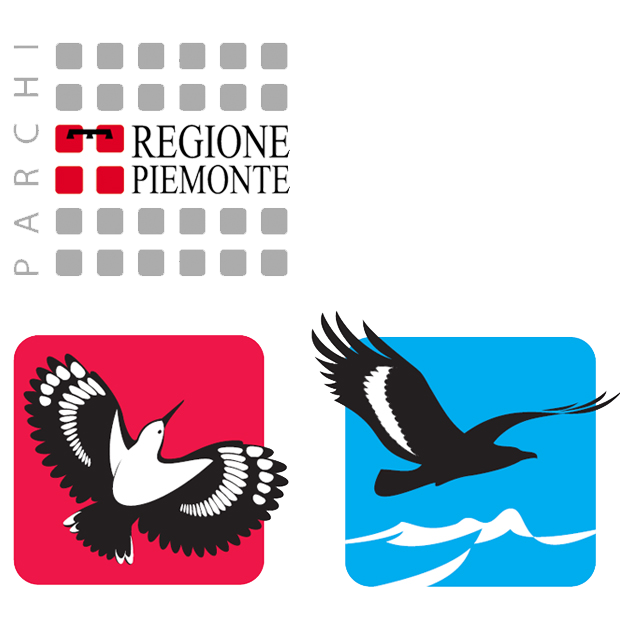- Home
- Nature
- Fauna
The fauna of the geopark
The fauna of the geopark mirrors the geological and floristic diversity: it is abundant and varied, reflecting the variety of environments in the Sesia-Valgrande area, and there are also habitats and animals included in the lists of protected species published by the European Commission.
The environments are extremely varied: meadows, cultivated areas, pastures, moors and forests, special habitats, such as the limestone cliffs and high altitude extreme environments. Other important zones, which are very rich in biodiversity, are the transition areas (ecotones) between the different environments.
Inside the Geopark there are also areas with a very low anthropization, due to being abandoned by man after centuries of exploitation. These are areas of extreme interest, permitting study of natural evolution of species no longer influenced by human activities.
Due to the presence of many species of great scientific interest (some of which are rare or endemic) the studies carried out in the geopark are numerous, funded by European projects too, for example Carabus LIFE and LIFE WolfAlps.
Many mammals inhabit the geopark, including hare, squirrel, marten, dormouse, shrew, along with other small rodents and insectivores. Roe deer and red deer are also present and, at higher altitudes, it is possible to see the typical inhabitants of the Alpine environment such as Alpine ibex, chamois and marmot.
There are many species of birds, some of which have special ecological importance, such as nightjar, honey buzzard, peregrine falcon and the rare black stork, which nests in the area of Mount Fenera.
In the geopark there are also some migration routes, followed by thousands of birds which move in autumn to their wintering grounds.
Thanks to the abundance and quality of flowing waters, and also thanks to the considerable rainfall, an abundant fauna lives in streams and wetlands. It should also be noted that one of the rarest shellfish in Italy, Falkneria camerani, lives in the waters of Sassera.
Significant species of insects are also present, particularly among beetles; among them Carabus lepontinus stands out: it is an endemic species found only on the slopes of Monte Zeda, and also Carabus olympiae, another endemic species which lives on the western edge of the geopark, in the high Sessera Valley, and has been protected since 1983.
Information:
www.parcovalgrande.it/pagina.php?id=136
www.areeprotettevallesesia.it/la-fauna.html
www.areeprotettevallesesia.it/la-fauna-1.html
https://www.atl.biella.it/en/flora-fauna
Copyright © 2014 Sesia Val Grande Geopark - Email This email address is being protected from spambots. You need JavaScript enabled to view it.



































